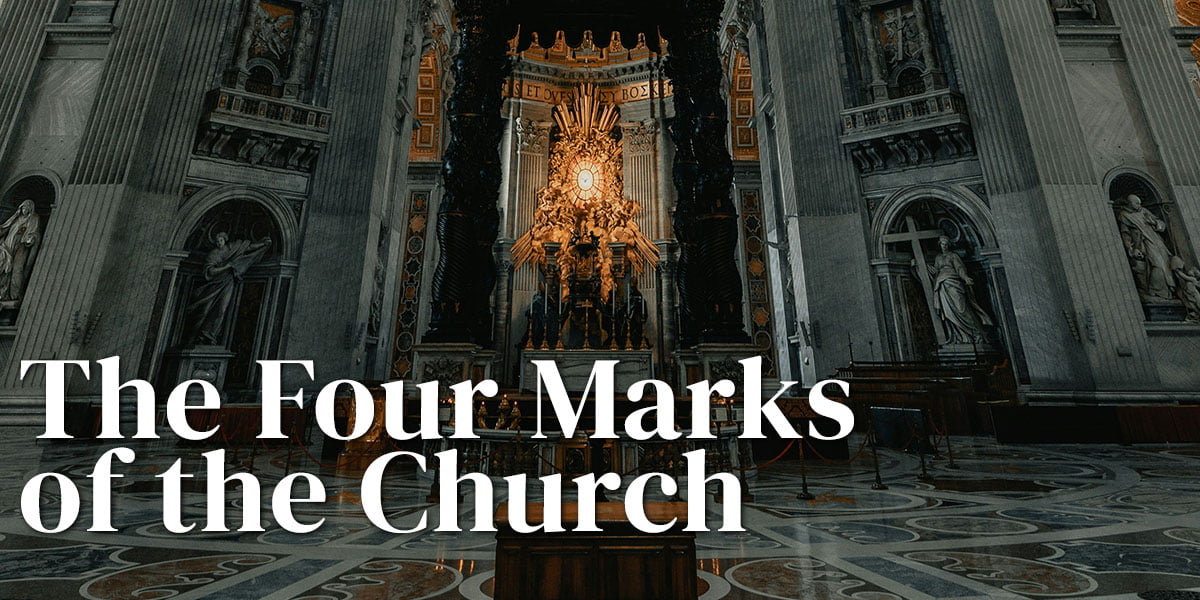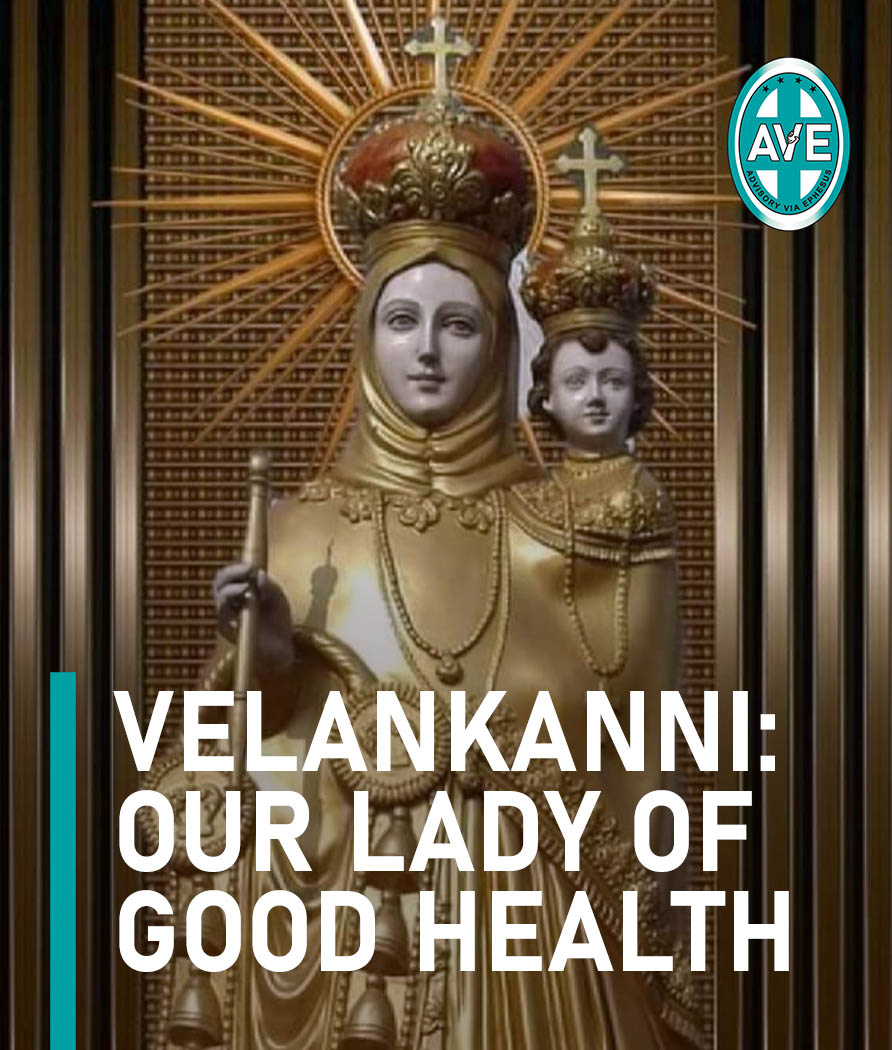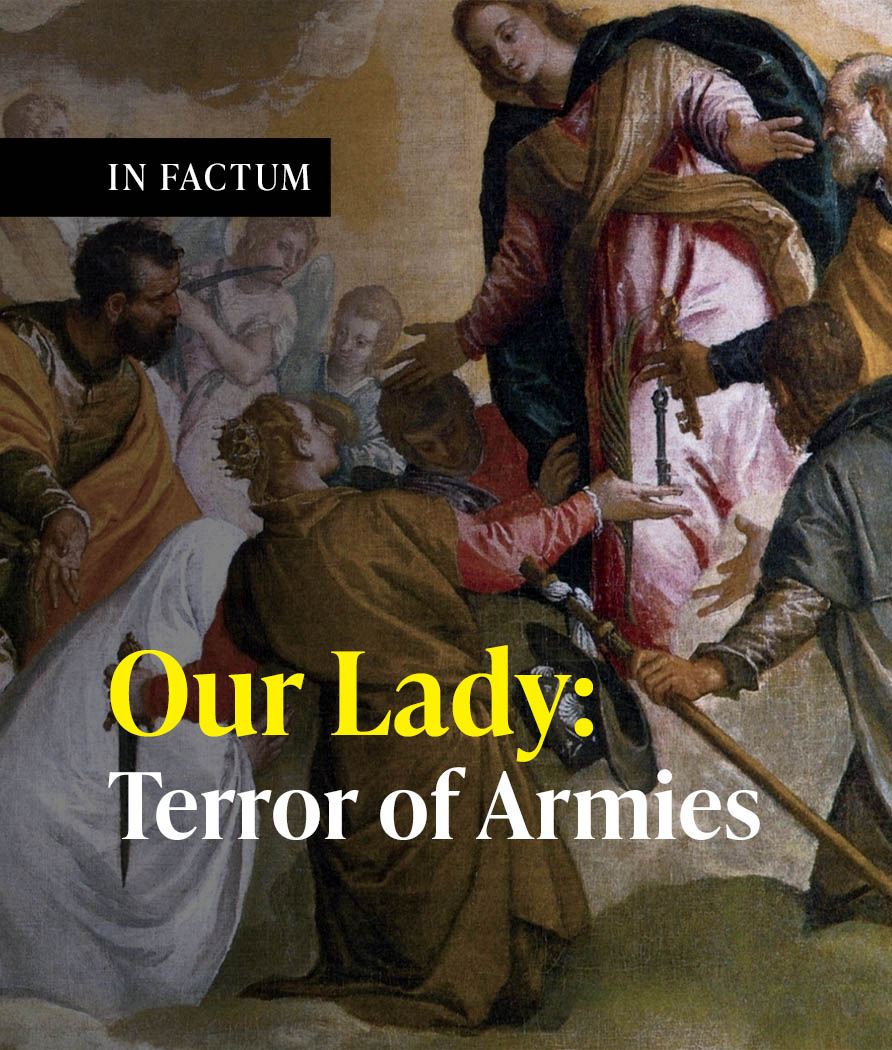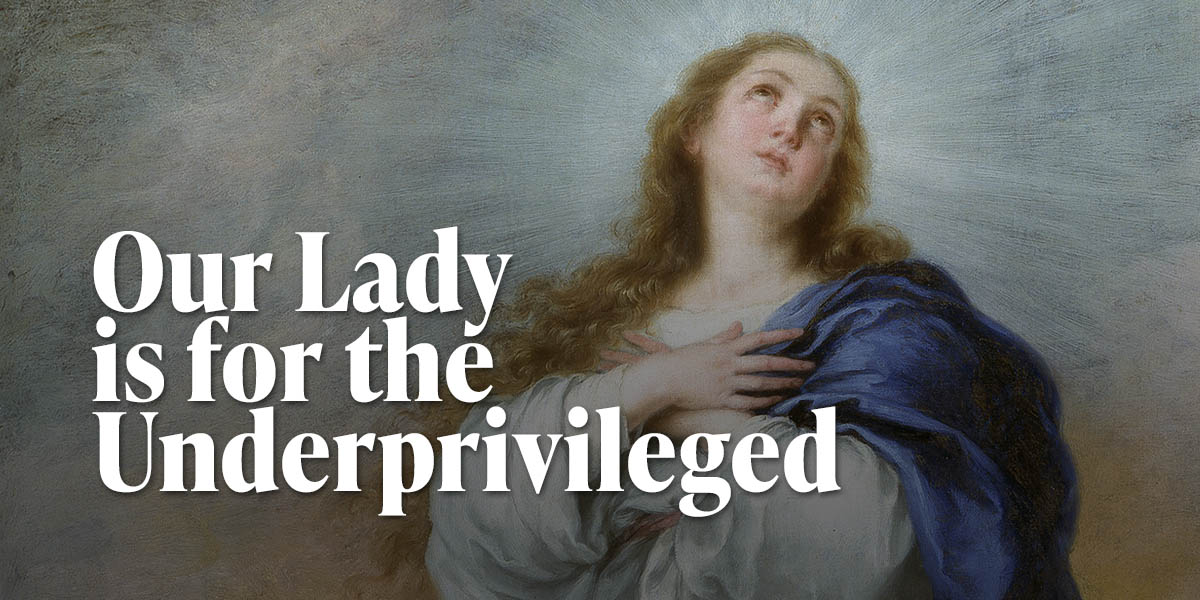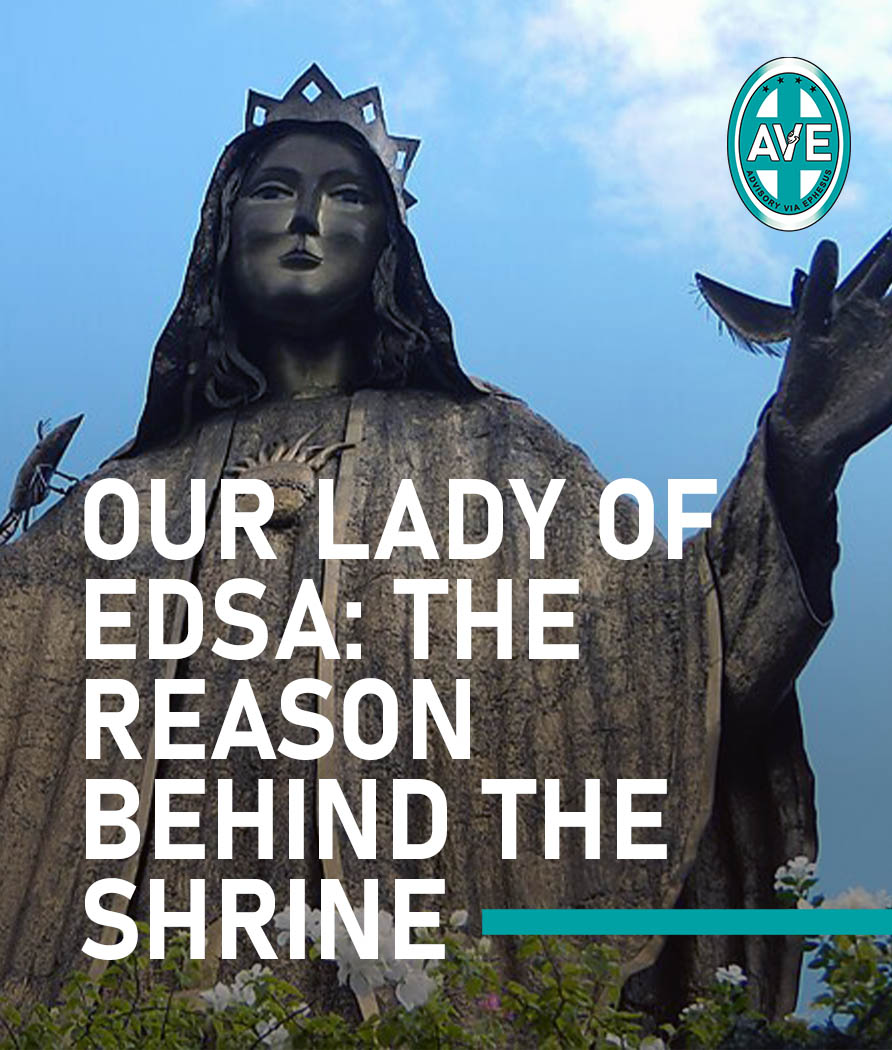The Sacrament of the Holy Orders is one of the Seven Sacraments that our Lord Jesus Christ instituted that plays important role to the Catholic Church, the priesthood. The priests are the ones who initiate the other six sacraments: baptism, confirmation of the faithful, a confessor to those who needs absolution, anointing the sick ones, give matrimony to couples and give the Body and Blood of our Lord to the faithful in the Sacrament of the Holy Eucharist. In the previous centuries, many men wanted to become priests. But in our current generation, most men have no desire to become a priest anymore and being a lay minister is what most aim to serve our Lord because they can hold and give communion to the faithful, which, most people don’t know, is invalid.





